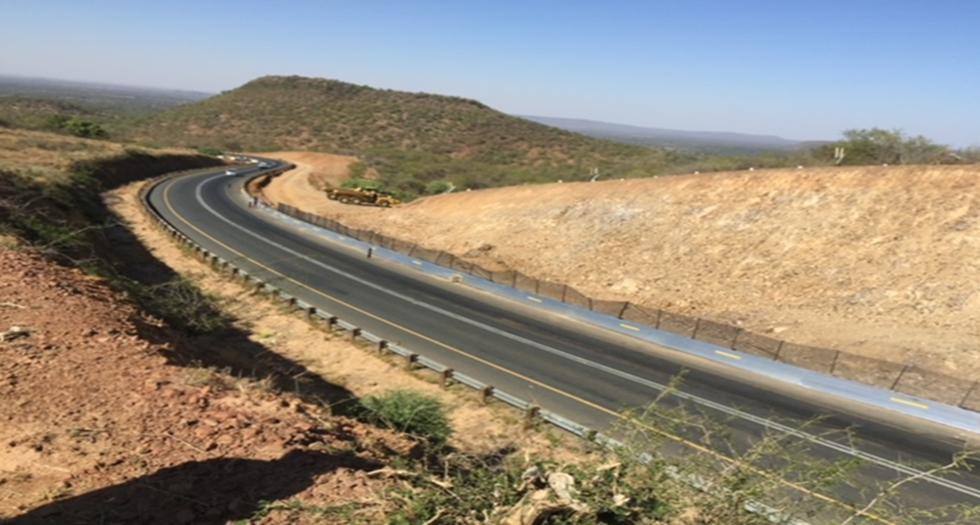Africa-Press – Botswana. New rail road the perfect iron pill for Tsodilo
Canadian prospector, Tsodilo Resources’ dream of opening an Iron mine near Shakawe is gaining momentum.
The mining giant is currently conducting a preliminary economic assessment, expected to pave the way for their application for a mining licence in this area.
Through its subsidiary, Gchwihaba Resources, Tsodilo intend to capitalise on the cross border rail project in Namibia: Walvis Bay-Ndola-Lumbubashi Development corridor, to transport iron ore to the international market.
The company’s Chief Executive Officer (CEO) James Bruchs explained the proposed rail extension between Grootfoentein and Katima Mulilo spells good news for Tsodilo.
“The extension is planned to pass through Divundu in Namibia, which is located 35 kilometers from our licence location in Northern Botswana,” he revealed.
The ambitious rail project aims to link new mines and mining activities to the railway network along the Walvis Bay-Ndola-Lumbubashi corridor to enable transportation of minerals from the copper belt to Walvis Bay connecting several African countries and Europe.
Bruchs said they intend to move their mining products to Divundu either by rail or underground conveyor and then load onto the rail extension there.
“Long back, the idea was to truck the material to Grootfontein and put in the existing rail there. However, we have moved on from that,” disclosed the Tsodilo boss.
“The news of rail upgrade from Walvis Bay to Tsumeb is very positive as that rail section is in need of an upgrade in order to handle any sort of shipment of our high-grade iron products to Walvis Bay. We have been busy working with the Namibian Ministry of Works and Transport, TransNamib and the Walvis Bay Corridor in evaluating various transport routes for our products including Walvis Bay and Future port facility in the vicinity of Cape Fria and Agra Fria in the Kunene regions of Northern Namibia,” he continued.
Bruchs said modern rail networks play a crucial role in economic growth by enhancing connectivity, reducing transportation costs and fostering regional trade.
“Large scale mining investments such as those required for our Xaudum Formation necessitate advanced infrastructure to move minerals and equipment to and from mining areas,” he added.
The rail line links Zambia and Namibia and provides access to the Namibian sea port in Walvis Bay, where Botswana has a dry port.
However, over the years the Botswana Government has repeatedly expressed concern that it is underutilised.
Highlighting the line’s value, Namibia’s Minister of Works and Transport, John Mutorwa, recently said, “It is not only a Namibian railway line, it is like a road that will connect us to other countries such as Zambia and Botswana, through Ngoma up to Kasane and link up with Zimbabwe and Zambia where the bridge is, up to the Democratic Republic of Congo (DRC).”
Source: TheVoiceBW
For More News And Analysis About Botswana Follow Africa-Press






